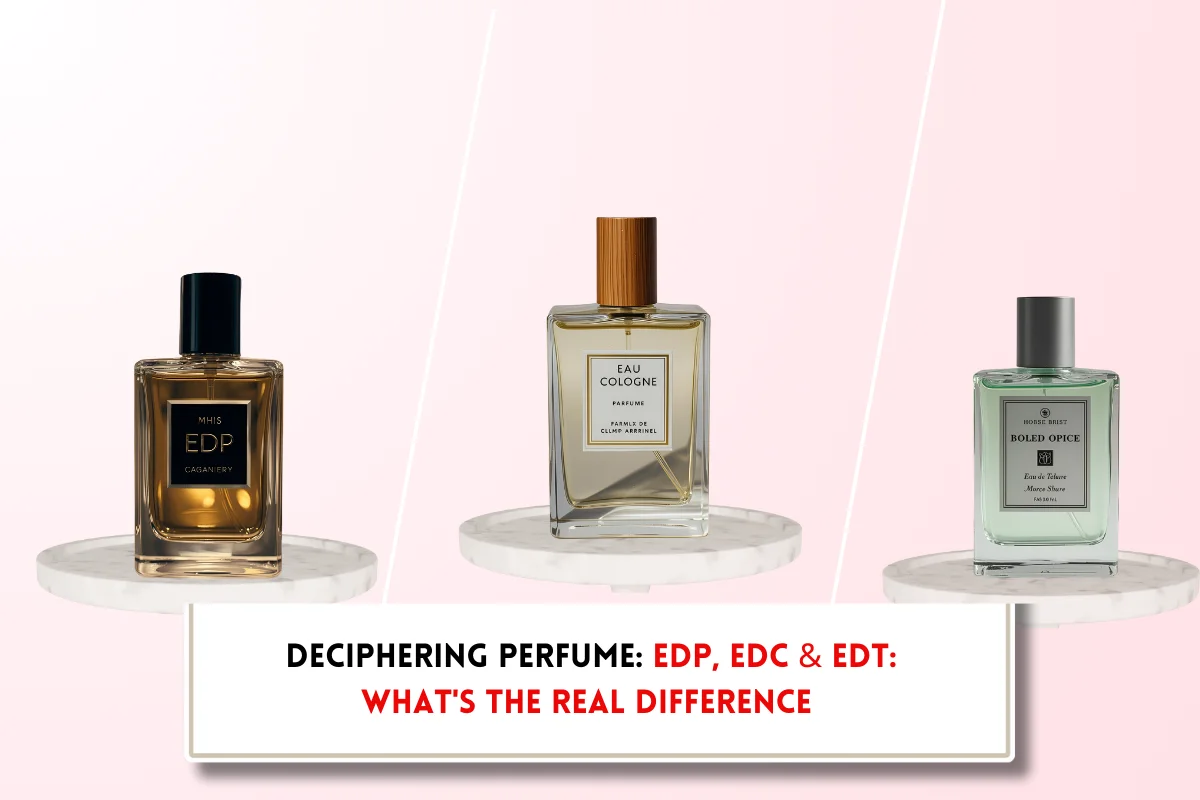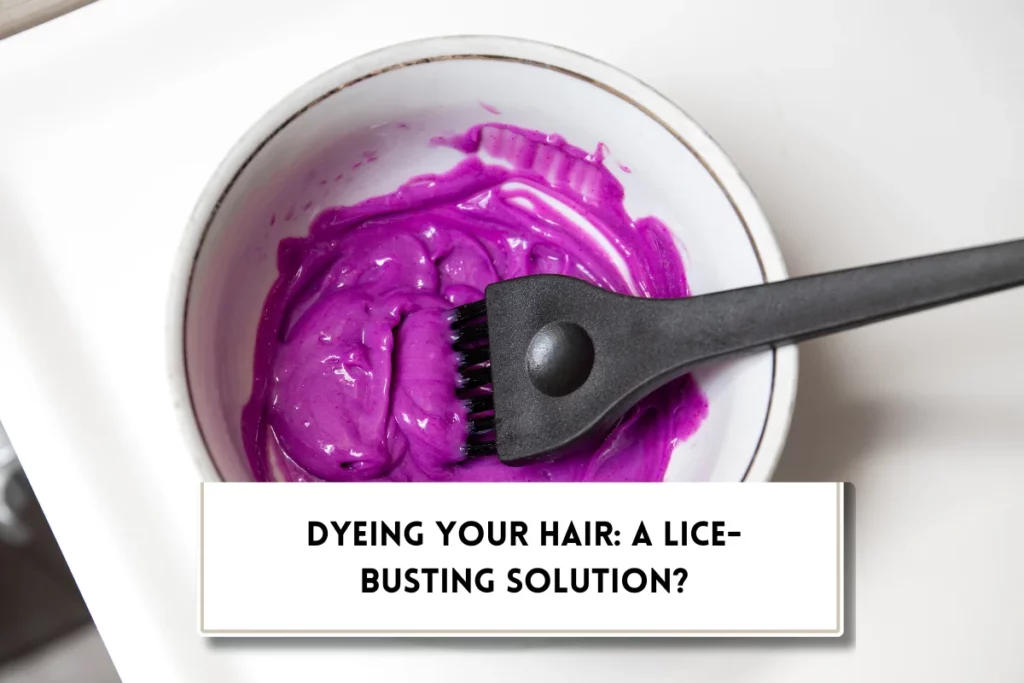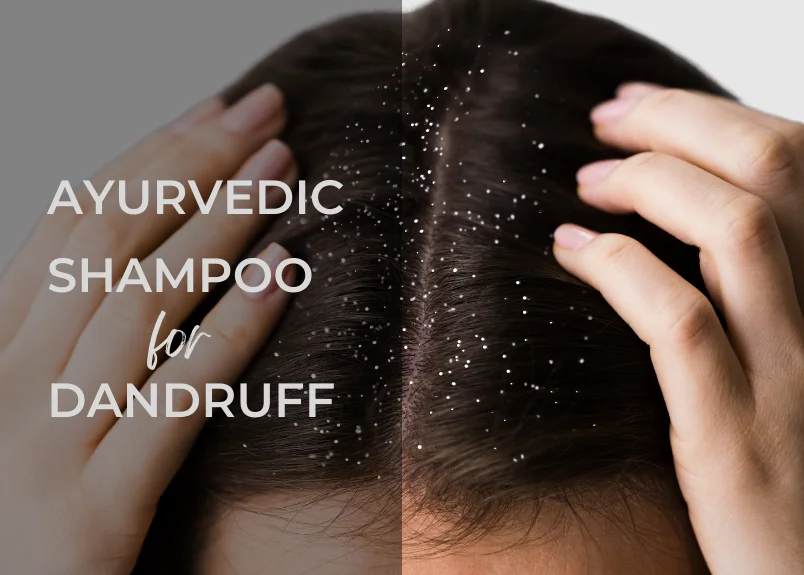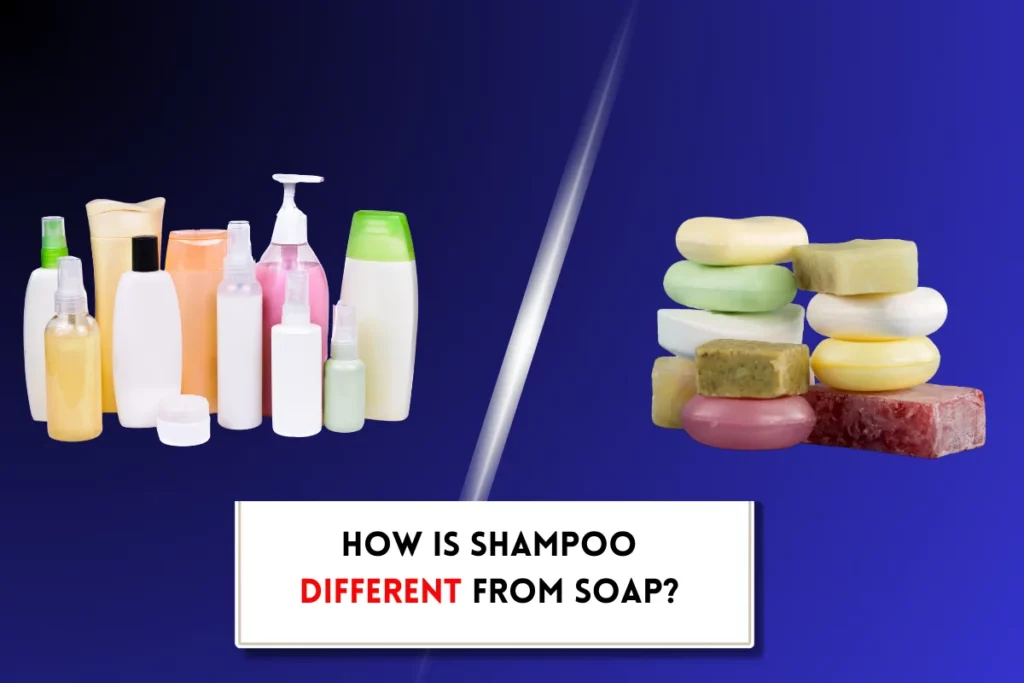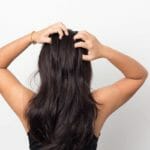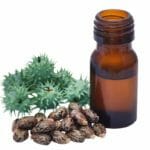Can you use a blowout brush on dry hair?
At BeautyCaters, our expert team independently curates every recommended product. Purchases through our links may earn us a commission. Explore our transparent selection process.
Ever wondered if your trusty blowout brush is only for damp hair or can its magic work on dry hair too? Absolutely! While primarily designed for damp locks, there are times when using a blowout brush on dry hair is incredibly effective. However, there are a few key tips to keep in mind before you begin.
Ready to learn more? This article explores can you use a blowout brush on dry hair, its benefits, as well as some tips and tricks to get the best results.
- What is blowout?
- Can you do blowouts on dry hair?
- What are the advantages of blowout brush on dry hair?
- How blowout effects hair health?
- Why you must condition hair before blowout?
- What are the key elements needed in a blowout?
- Step-by-step instructions: How to do blowout on dry hair?
- How to maintain your blowout?: Tips for long-lasting style
- What are the alternatives to traditional blowout?
- Expert opinions on blowout dry hair
- Frequently Asked Questions about blowout dry hair
- Final Word: Can you use a blowout brush on dry hair?
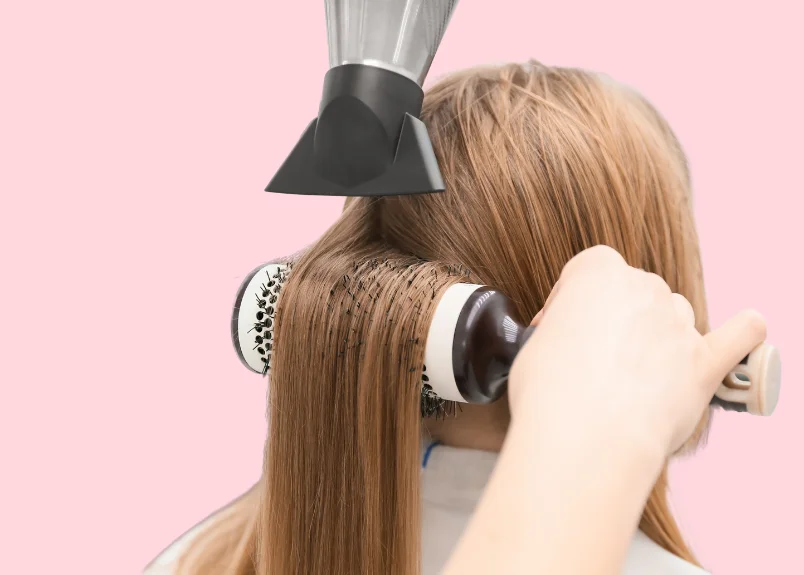
What is blowout?
A blowout is a popular hairstyling technique that involves using a blow dryer and round brush to dry and style hair. This process creates smooth, voluminous locks with a shiny finish. It’s often associated with salon visits but can be achieved at home with the right tools and techniques. The goal is to achieve sleek and silky hair without excessive heat styling.
Can you do blowouts on dry hair?
Yes absolutely! While traditional blowouts are done on damp hair, you can do a blowout on dry hair and create stunning results through the right techniques and tools. The key to a successful blowout on dry hair is using heat protectant products, a round brush, and a blow dryer with a nozzle attachment. Be sure to section your hair and work in small areas to ensure a sleek, polished finish. After all, a blowout is all about adding volume, shine, and smoothness without risking damage or over-drying your strands.
What are the advantages of blowout brush on dry hair?
A blowout brush has become a staple in many hair care routines, offering a convenient and effective way to achieve salon-quality styles. While often used on damp hair, there are several compelling reasons to consider using a blowout brush on dry hair.
- Time-saving benefits
- Skip the shower: Say goodbye to the extra time spent washing and drying your hair. Using a blowout brush on dry hair allows you to style immediately, saving you precious minutes in your morning routine.
- Quick and efficient: With a blowout brush, you can achieve a sleek and polished look in a fraction of the time it takes to use a traditional blow dryer and round brush separately.
- Enhanced styling control
- Precision and versatility: Using a blowout brush on dry hair gives you greater control over the shape and volume of your hairstyle. You can easily create curls, waves, or a straight and sleek look.
- Customization: The versatility of a blowout brush allows you to tailor your style to your preferences, whether you’re aiming for a casual or formal look.
- Additional advantages
- Convenience: A blowout brush is a convenient all-in-one tool that eliminates the need for multiple styling products and tools.
- Minimal damage: When used correctly with a heat protectant, a blowout brush can minimize damage to your hair compared to other styling methods.
How blowout effects hair health?
While blowouts can be a great way to achieve a sleek and stylish look, it’s important to consider the potential impact on your hair’s health. Excessive heat styling can lead to dryness, breakage, and split ends, especially for those with naturally dry hair. Here are the 3 potential effects of blowout on hair health:
- Dryness: Frequent use of high heat can strip your hair of its natural oils, leaving it dry and brittle. Dry hair is more prone to breakage and frizz.
- Breakage: When hair is dry and brittle, it’s more susceptible to breakage. This can lead to thinning and uneven hair growth.
- Split Ends: Excessive heat styling can cause the ends of your hair to split, resulting in a frayed and unhealthy appearance.
Why you must condition hair before blowout?
The condition of your hair plays a crucial role in achieving a successful blowout. Hair that is dry, damaged, or brittle may not hold the style well, leading to frizz or breakage. To ensure optimal results, it’s essential to prioritize hair health before the styling process.
- Hydration: Conditioning helps replenish moisture in your hair, preventing dryness and brittleness. Dry hair is more prone to breakage and frizz, which can ruin the appearance of a blowout.
- Strength: Healthy hair is more resilient and less prone to breakage, allowing for better styling. When your hair is strong and healthy, it can withstand the heat and tension of a blowout without breaking.
- Shine: Well-conditioned hair has a natural shine that enhances the overall appearance of your blowout. A shiny blowout looks polished and professional, adding to its overall appeal.
- Heat Protection: Conditioning helps protect your hair from heat damage, ensuring your blowout lasts longer. When your hair is well-conditioned, it’s better equipped to withstand the heat of the blow dryer and styling tools, reducing the risk of damage and extending the life of your blowout.
Also Read: Why does my hair get puffy when I brush it?
What are the key elements needed in a blowout?
Blowouts on dry hair require specific tools and products to ensure you achieve that sleek look without damage.
- Blow Dryer: A powerful blow dryer with multiple heat and speed settings is essential for efficient drying.
- Round Brush: Round brushes with varying sizes and bristles are used to shape and style the hair.
- Heat Protectant: Applying a heat protectant spray before using the blow dryer helps shield your hair from damage.
- Finishing Serum or spray: Products like hairspray, mousse, or serum can be used to enhance volume, hold, or shine.
Step-by-step instructions: How to do blowout on dry hair?
- Prepare your hair: Start with clean, dry hair. Apply a heat protectant spray to safeguard your strands from damage.
- Section your hair: Properly sectioning your hair ensures even drying and styling. Divide your hair into manageable sections, such as top, sides, and back.
- Use the round brush: Wrap sections of hair around the round brush while drying.
- Direct airflow: Point the blow dryer downwards along the hair shaft to smooth and straighten.
- Control heat: Use the appropriate heat setting for your hair type to avoid damage. Thinner or finer hair may benefit from a lower heat setting, while thicker or coarser hair can handle higher heat.
- Be patient: Take your time and focus on each section to achieve a polished finish. A rushed blowout can lead to uneven results and increased damage.
- Finish with serum: Apply a finishing serum for added shine and smoothness.
How to maintain your blowout?: Tips for long-lasting style
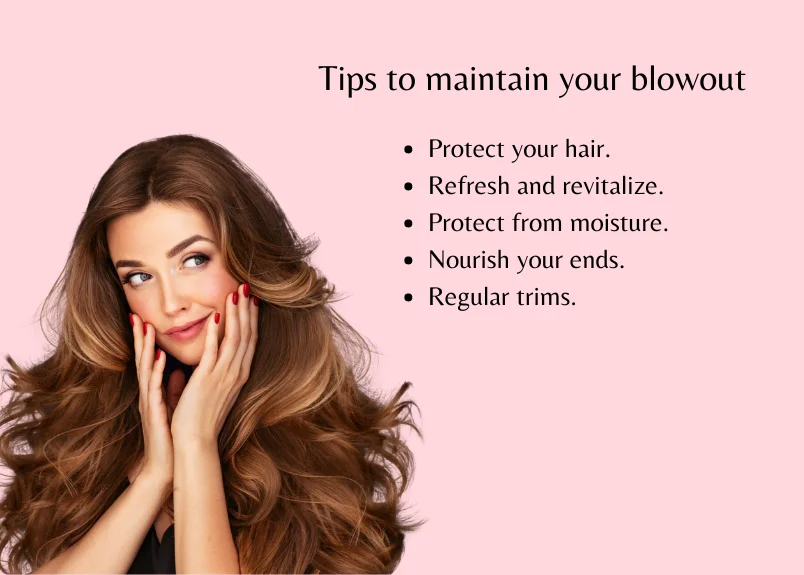
After achieving a flawless blowout, it’s important to take steps to maintain its sleek and voluminous appearance. Here are some tips for prolonging the life of your blowout:
- Protect your hair: Use a silk or satin pillowcase to minimize friction and prevent frizz. Avoid touching your hair excessively, as this can transfer natural oils and weigh it down.
- Refresh and revitalize: On subsequent days, use a dry shampoo to absorb excess oil and add volume. Gently brush your hair and apply a light-hold hairspray to keep flyaways in check.
- Protect from moisture: Wear a shower cap when showering to shield your blowout from excess moisture and humidity.
- Nourish your ends: If your ends are becoming dry, apply a small amount of lightweight hair oil to moisturize and revitalize.
- Regular trims: Schedule regular trims to remove split ends and maintain a healthy, polished appearance.
What are the alternatives to traditional blowout?
If you’re looking to minimize heat styling and maintain healthy hair, there are several alternatives to traditional blowouts. These techniques focus on embracing your natural texture and using moisture-rich products.
- Hydration is key: Invest in leave-in conditioners, hydrating serums, and creams that replenish moisture in your hair. Look for products containing ingredients like shea butter, argan oil, or coconut oil for optimal hydration.
- Reduce frizz: Moisture-rich products can help tame frizz and enhance shine, giving your hair a more polished appearance.
- Braiding and twisting: Create beautiful waves or curls by braiding or twisting your damp hair overnight. This technique adds volume and texture without the need for heat.
- Pin curling: For a more classic look, pin curl your damp hair and let it dry overnight. This method creates soft waves or curls that can be styled further.
- Styling tools: Experiment with styling tools like foam rollers or a hair wrap for a heat-free way to achieve volume and definition.
Expert opinions on blowout dry hair
All industry experts emphasize the importance of moisture for achieving a successful blowout. While you may think a blowout on dry hair can save time, the reality is that your hair requires some level of hydration to achieve that sleek and polished look. Most professionals recommend starting with damp hair to ensure better heat distribution and minimize damage.
To many hair stylists, performing a blowout on dry hair is often counterproductive. They argue that dry hair lacks the moisture needed to hold the style, resulting in a less polished finish. For the best results, stylists advise using a heat protectant and starting with blow-drying hair that is slightly damp.
Frequently Asked Questions about blowout dry hair
How should I section my hair for a blowout on dry hair?
Start by sectioning off your hairline (bangs/sides) and focus on smoothing this area first. Next, section off your top, center crown area. Blow each section dry and clip it away. Rough dry the remaining hair and brush over the top. Finally, release the smoothed crown section over the rest of your hair for a smooth, silky finish.
What are the recommended temperature and speed settings for blowouts on dry hair?
For thin or fine hair, use a low heat setting and speed. For thick or coarse hair, you can use a higher heat and speed.
What type of brush should I use for a blowout on dry hair?
Look for ionic or ceramic brushes that reduce frizz and static. A soft bristle brush will help prevent damage to dry hair.
What protective measures should I take when using a blowout brush on dry hair?
Apply a heat protectant spray or serum before using any heat on your hair. Opt for silicone-free and moisturizing styling products. Stay hydrated, condition your hair regularly, and avoid excessive heat styling.
Are there any risks associated with using a blowout brush on dry hair?
Yes, excessive heat can damage dry hair, leading to breakage and frizz. Always use a heat protectant and be mindful of the temperature and speed settings.
What are the best tools to use for a blowout on dry hair?
Invest in a high-quality blowout brush and blow dryer that are suitable for your hair type. A round brush with a larger diameter is ideal for creating volume, while a smaller brush can be used for shaping and defining curls.
Final Word: Can you use a blowout brush on dry hair?

While it’s technically possible, it’s not recommended. Using a blowout brush on dry hair can lead to increased frizz, breakage, and damage. For optimal results, always apply a heat protectant and use the brush on damp hair. Remember, taking care of your hair means using the right tools in the right way.


